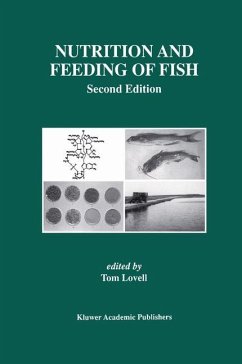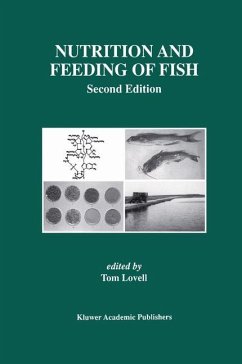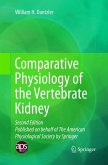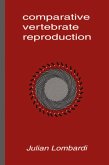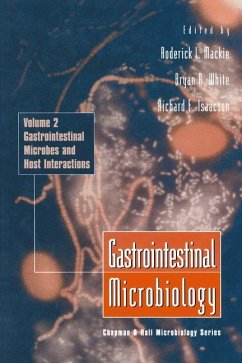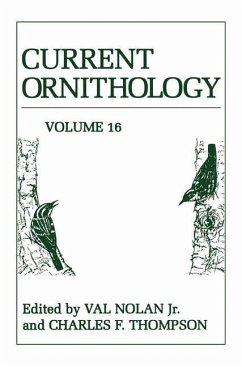Aquaculture is now recognized as a viable and profitable enterprise worldwide. As aquaculture technology has evolved, the push toward higher yields and faster growth has involved the enhancement or replacement of natural foods with prepared diets. In many aquaculture operations today, feed accounts for more than one-half the variable operating cost. Therefore, knowledge of nutrition and practical feeding of fish is essential to successful aquaculture.
This book is not written exclusively for scientists but also for students, practicing nutritionists, and aquaculturists. It covers the known nutrient requirements and deficiency effects for different fishes, and digestion and metabolism of nutrients and energy. It discusses nutrient sources and preparation of practical and research feeds. It gives directions for conducting fish nutrition and feeding experiments. Feeding practices for salmonids, channel catfish, tilapias, shrimps and hybrid striped bass are presented.
Since the first edition of this book was printed, the National Research Council of the National Academy of Sciences has revised the nutrient requirements for fish. These revisions are in the present edition. Other additions to this revised edition are chapters on nutrition and fish health, and bioavailability of nutrients. Each original chapter has been meticulously revised and updated with new information. Aquaculture is a dynamic area and new technologies are being introduced continuously; therefore, some of the material discussed in this revised edition may become obsolete quickly. Nonetheless, the material presented has been thoughtfully selected and updated to make it of maximum use to persons whose interests range from general aquaculture to animal nutrition to feed manufacture.
This book is not written exclusively for scientists but also for students, practicing nutritionists, and aquaculturists. It covers the known nutrient requirements and deficiency effects for different fishes, and digestion and metabolism of nutrients and energy. It discusses nutrient sources and preparation of practical and research feeds. It gives directions for conducting fish nutrition and feeding experiments. Feeding practices for salmonids, channel catfish, tilapias, shrimps and hybrid striped bass are presented.
Since the first edition of this book was printed, the National Research Council of the National Academy of Sciences has revised the nutrient requirements for fish. These revisions are in the present edition. Other additions to this revised edition are chapters on nutrition and fish health, and bioavailability of nutrients. Each original chapter has been meticulously revised and updated with new information. Aquaculture is a dynamic area and new technologies are being introduced continuously; therefore, some of the material discussed in this revised edition may become obsolete quickly. Nonetheless, the material presented has been thoughtfully selected and updated to make it of maximum use to persons whose interests range from general aquaculture to animal nutrition to feed manufacture.

